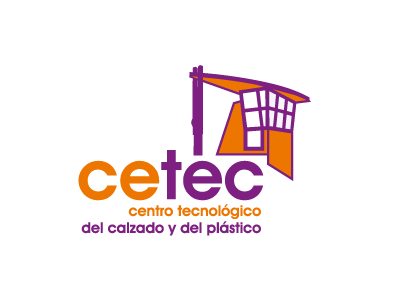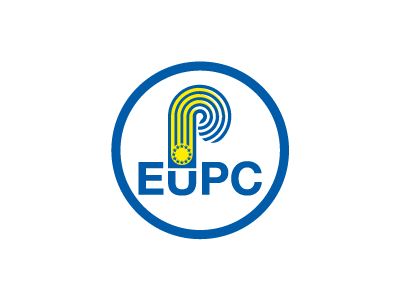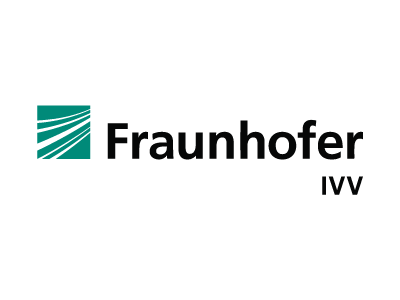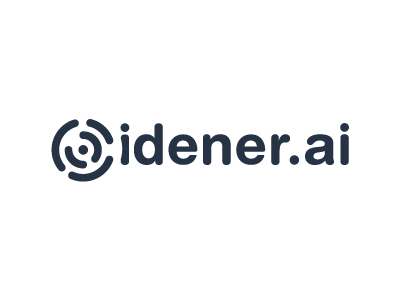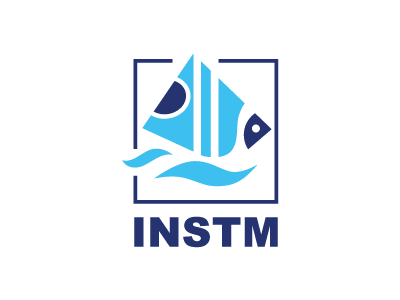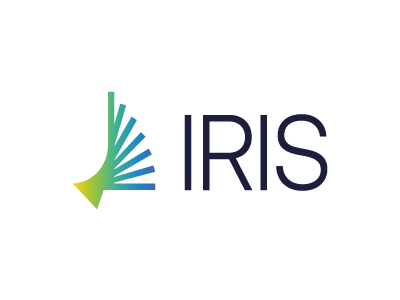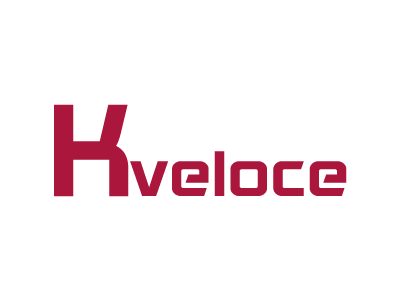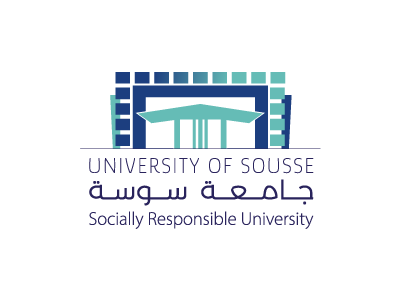PROJECT

ECOSYSTEM DIGITAL TWIN AS AN ASSISTANCE TOOL FOR NOVEL STRATEGIES
PACKAGING MANUFACTURING PRACTICES
PACKAGING USE IN THE FOOD SYSTEM
SUSTAINABILITY AND END OF LIFE OPTIONS
CONSUMER ACCEPTANCE AND INNOVATIVE CIRCULAR BUSINESS MODEL
#1
SO1.2. To evaluate the impacts of alternative packaging design and bio-based feedstocks on the reduction of plastic packaging pollution of ecosystems.
SO1.3. To understand and prevent the effects on climate change. Analysis of mitigation and/or adaption actions to current and future scenarios.
SO1.4. To increase the adoption of sustainable packaging by including circular models in the value chain.
SO1.5. To generate a series of strategies to reduce the impacts of plastics on human health, especially those substances of very high.
SO1.6. To recognise the end-of-life strategies for the packaging of food systems.
This includes the reuse and recycling of packaging.
#2
SO2.2. To study and optimise the whole packaging value chain in the food system.
SO2.3. To include business approaches in the packaging food system.
SO2.4. To determine the best future design and production models. Promotion of effective and efficient packaging solutions.
SO2.5. To reduce the dependency on fossil-based materials.
SO2.6. To incorporate the circularity concept in new business models.
SO2.7. To identify best practices to prevent and reduce plastic food packaging waste.
#3
SO3.2. To obtain consumer acceptance of novel sustainable approaches with the possibility of reaching non-use of packaging in the future.
SO3.3. To ncourage the implementation of current and new legislation and directives regarding plastic usage
